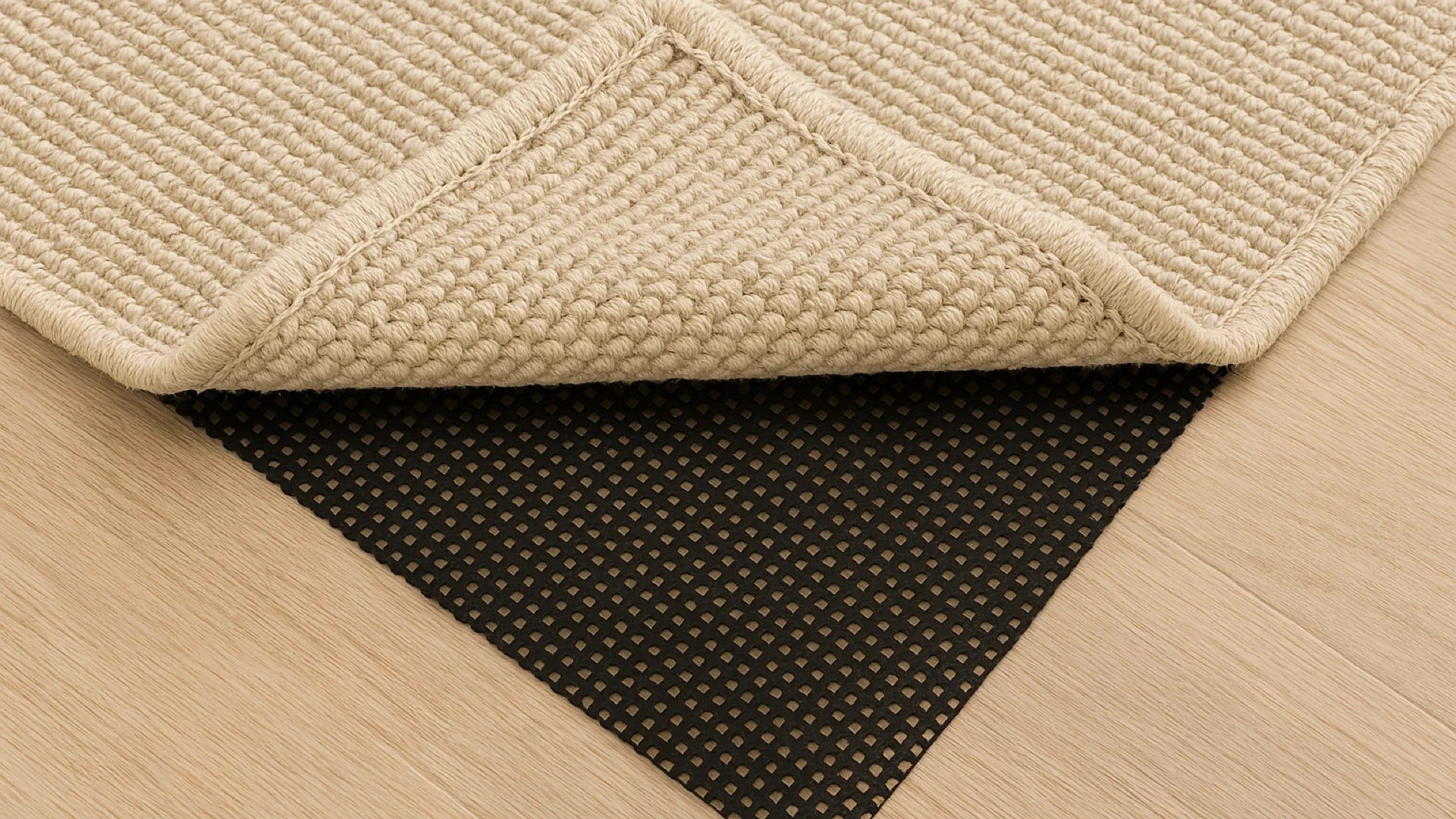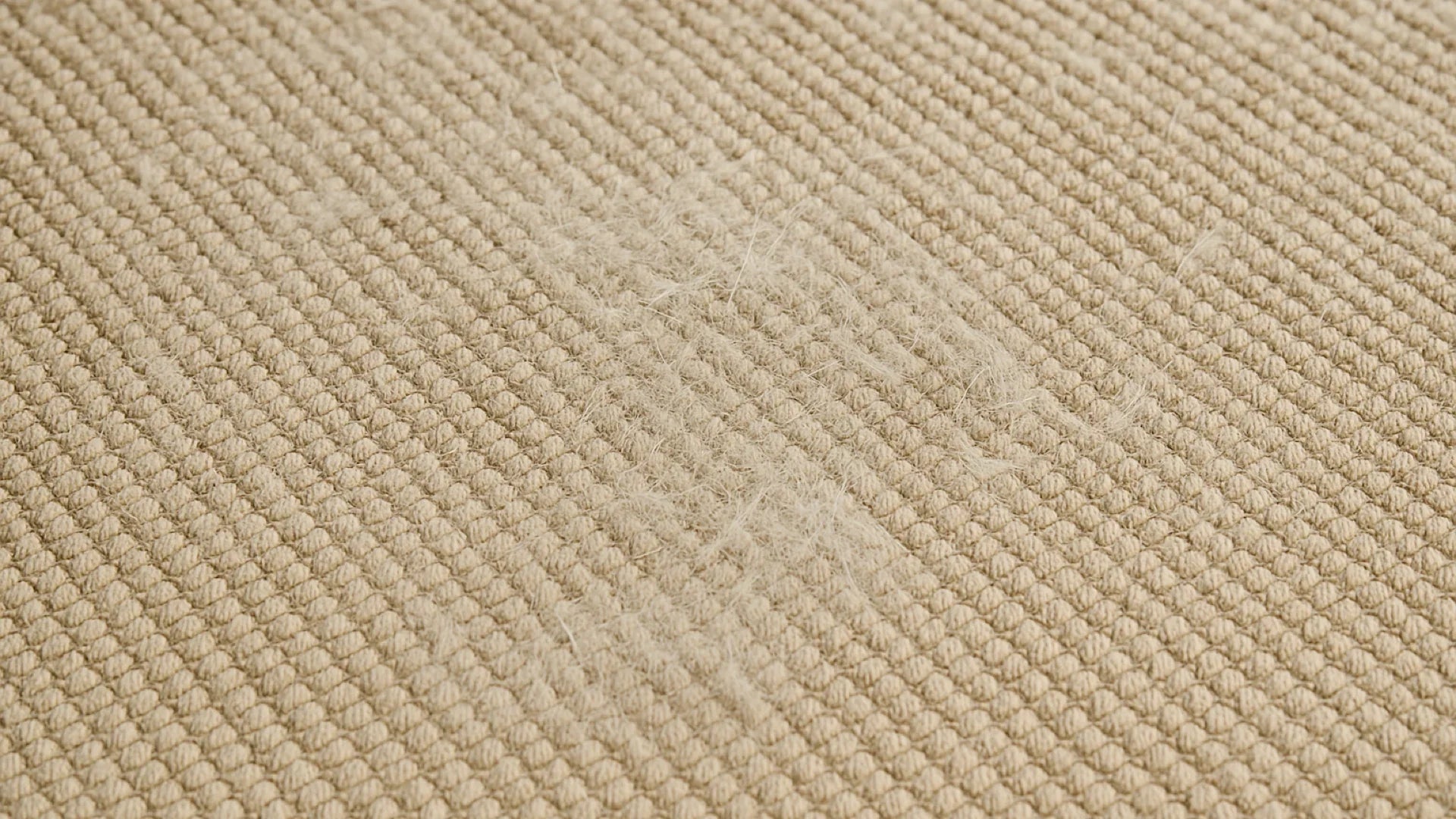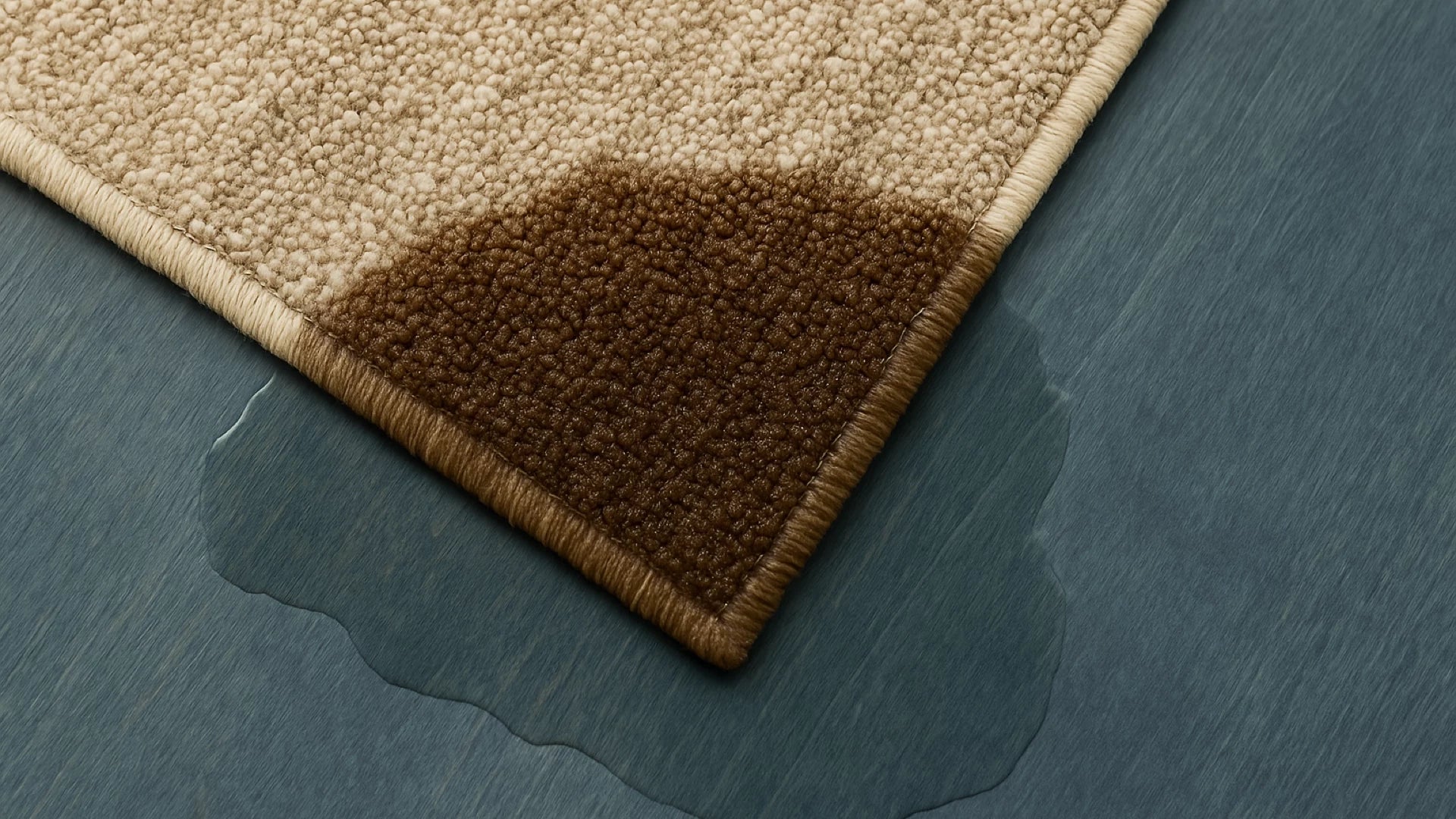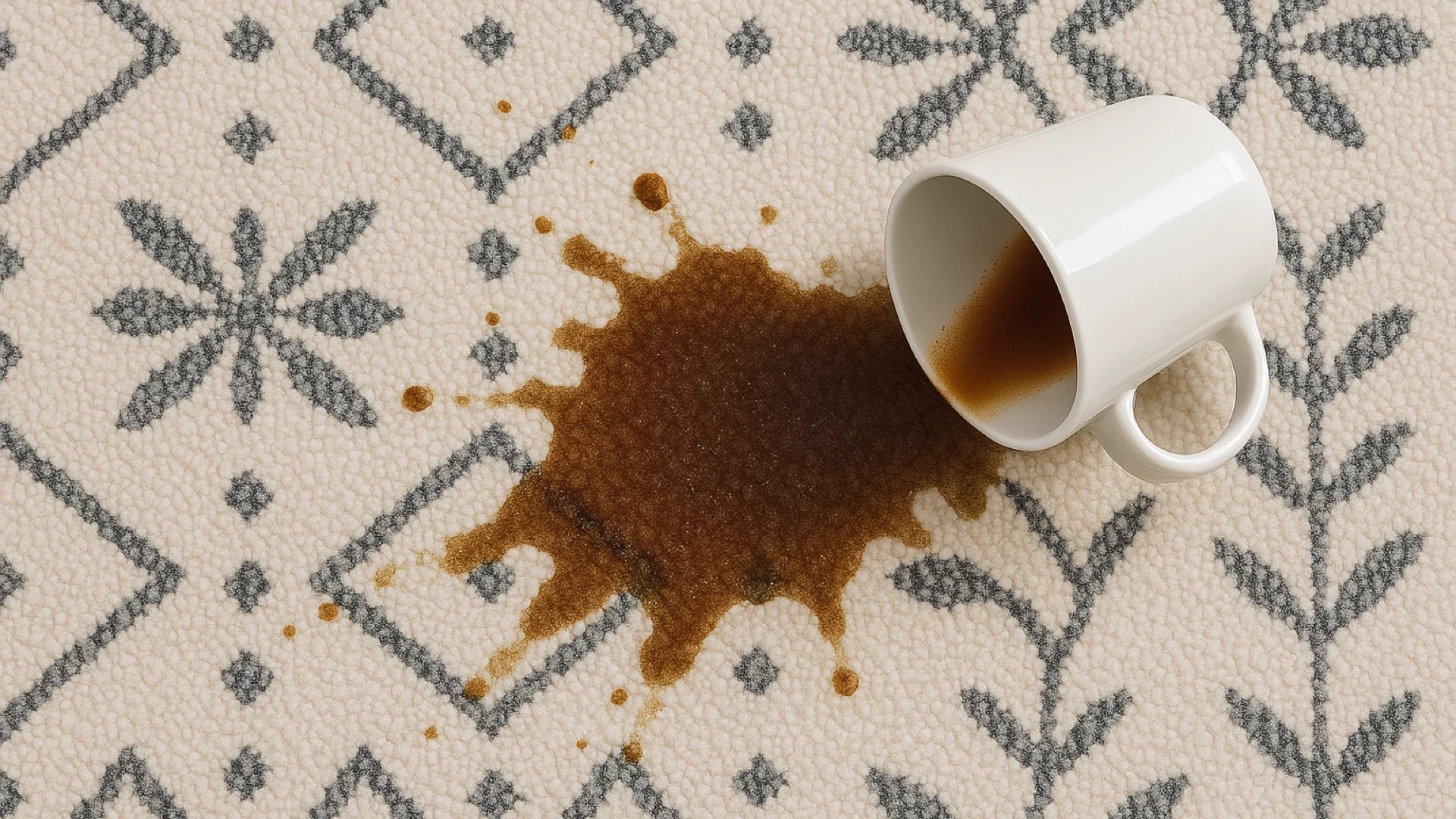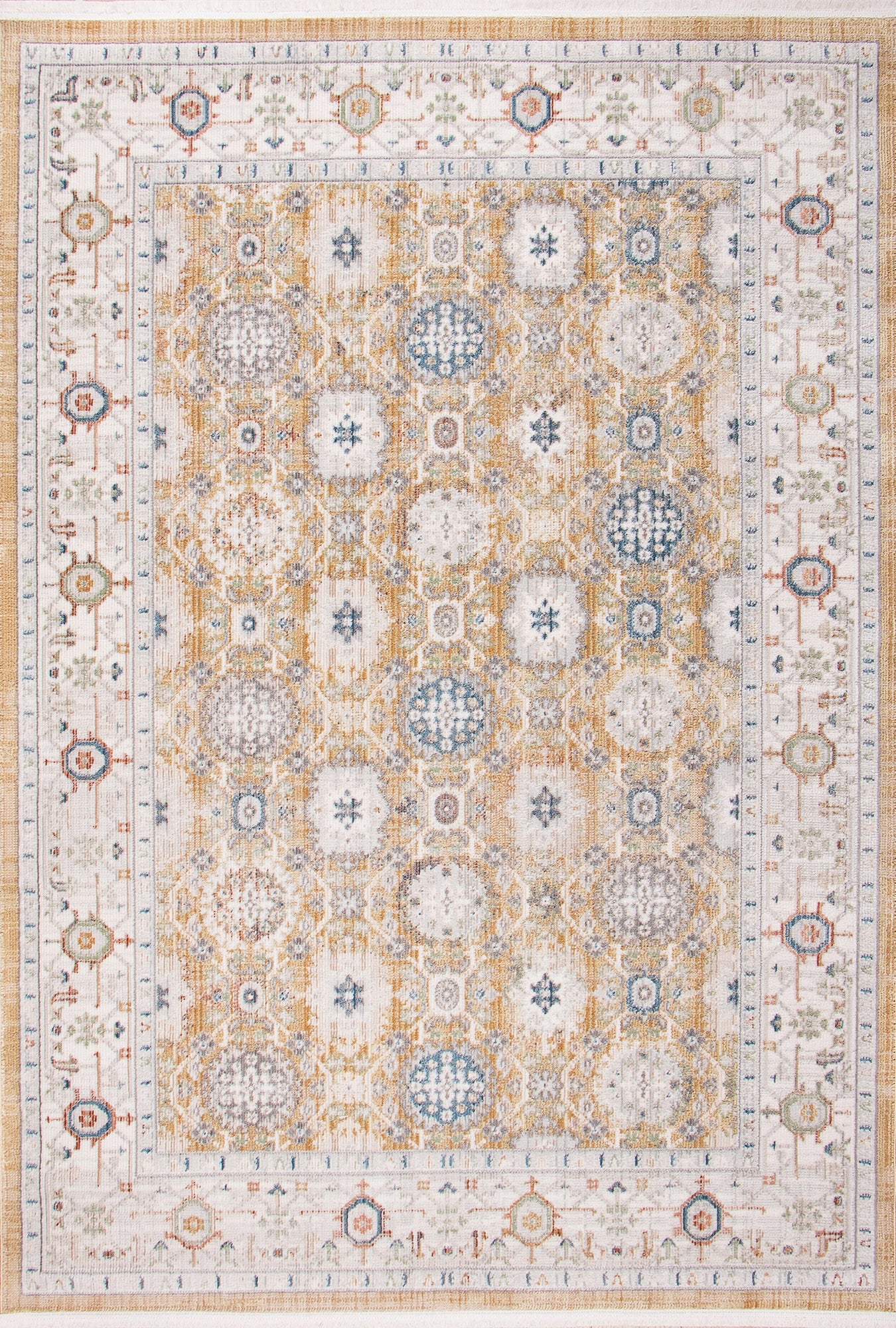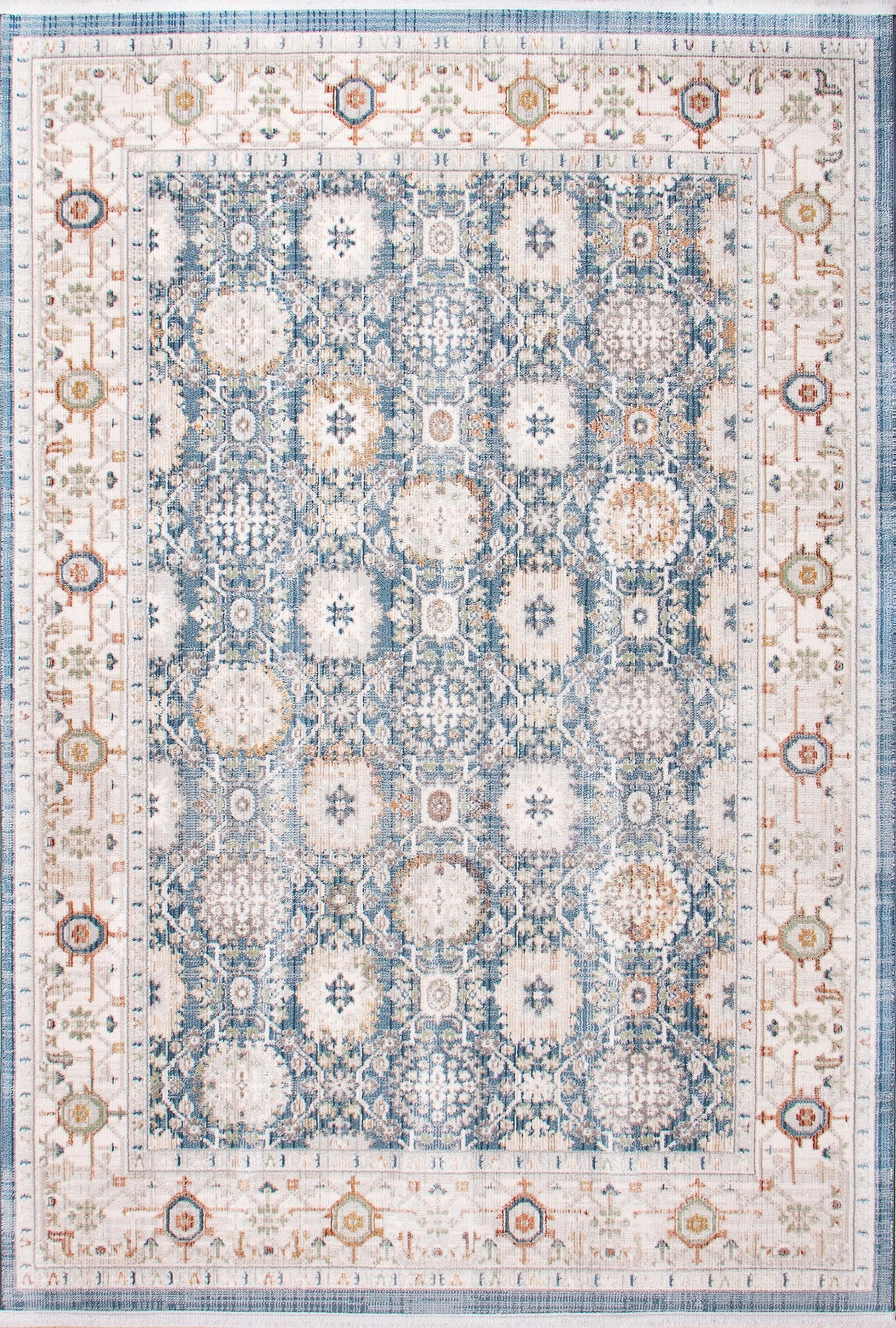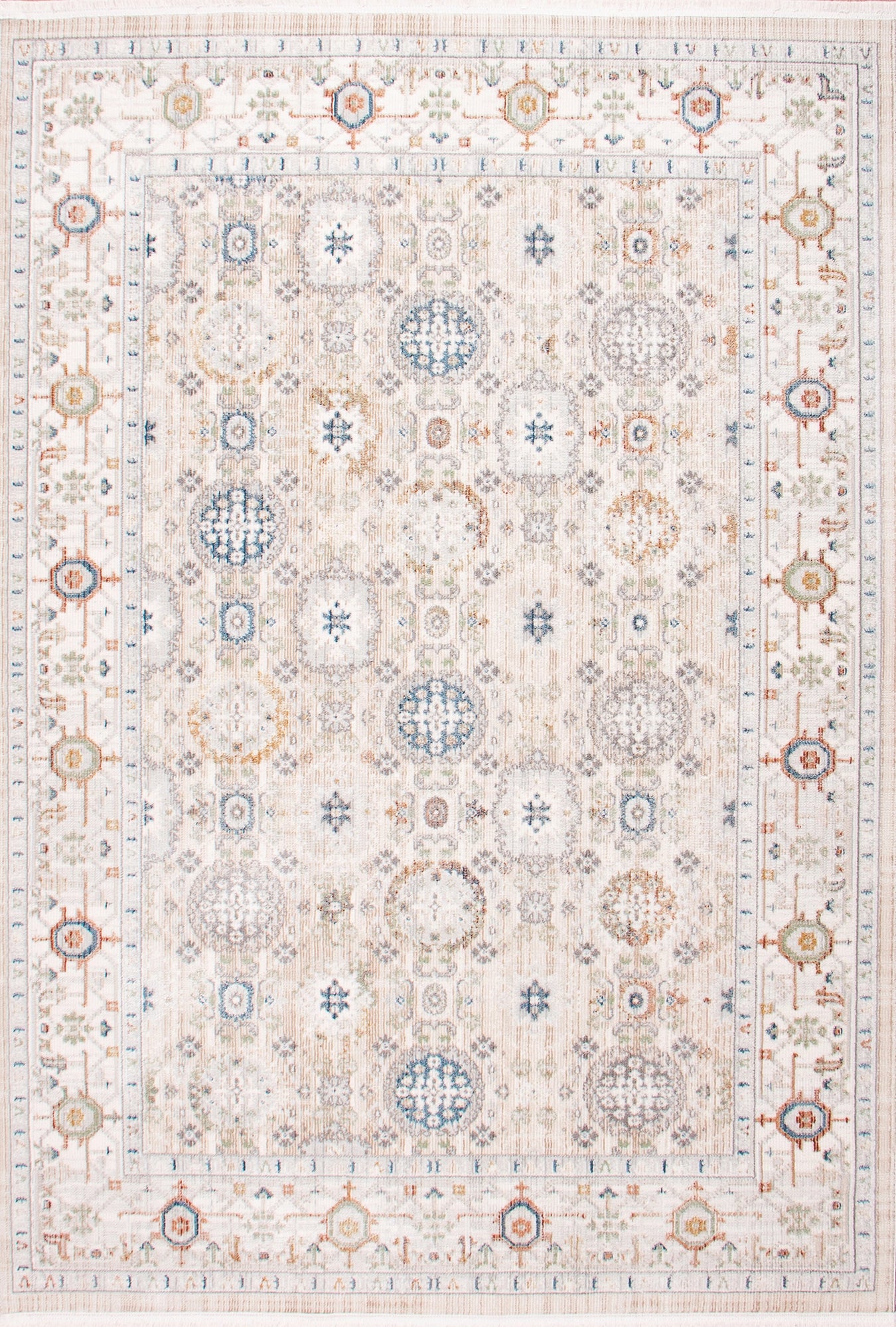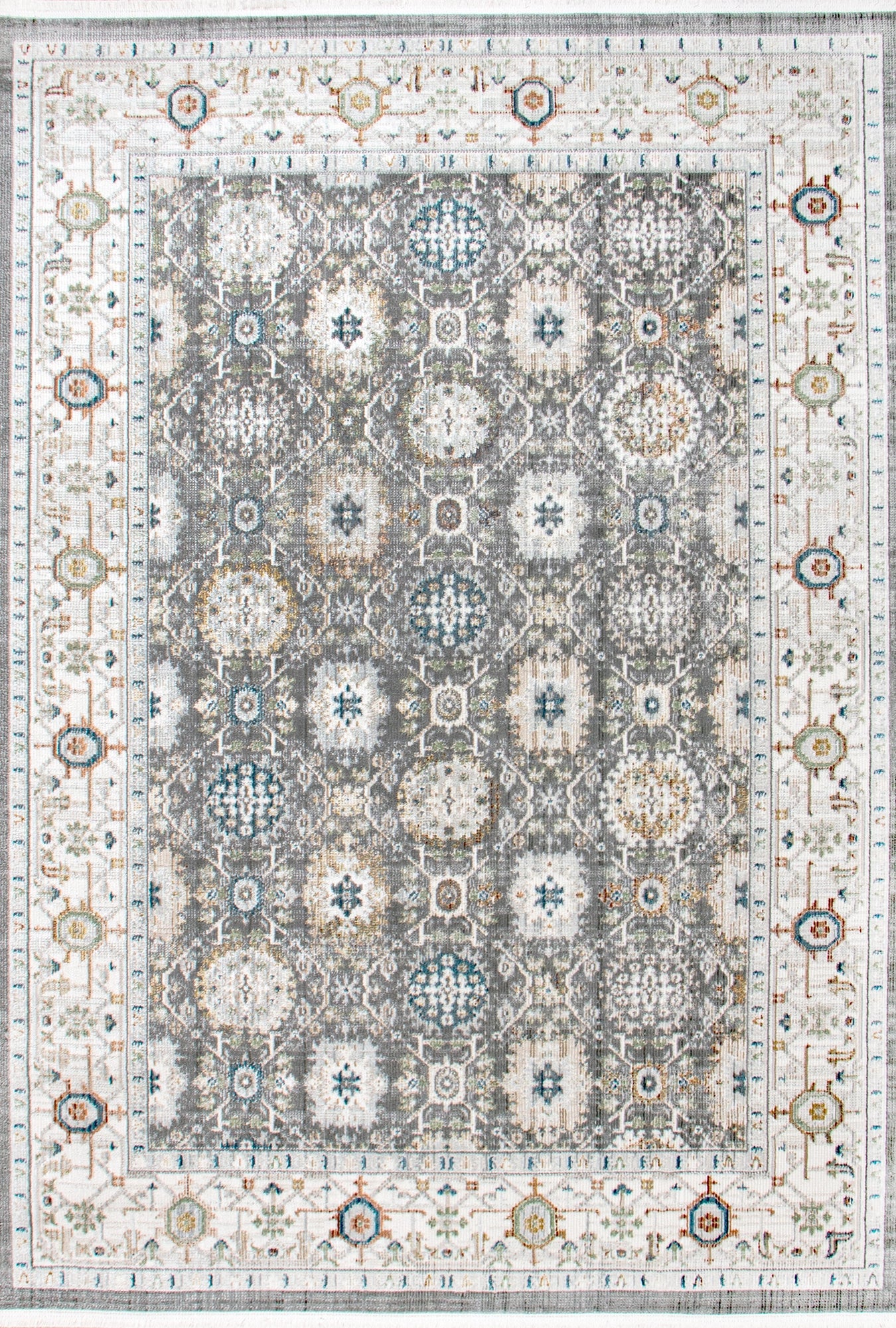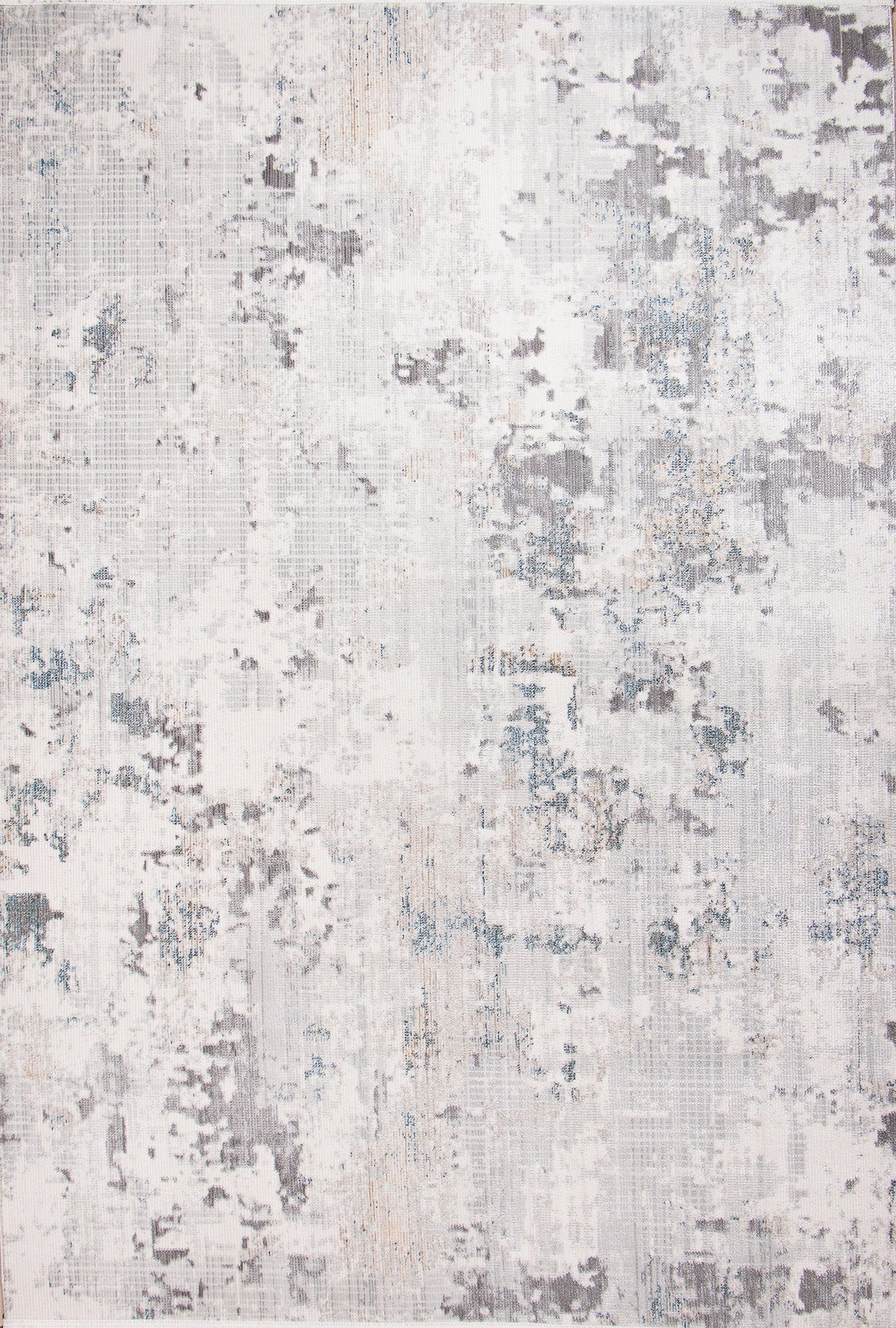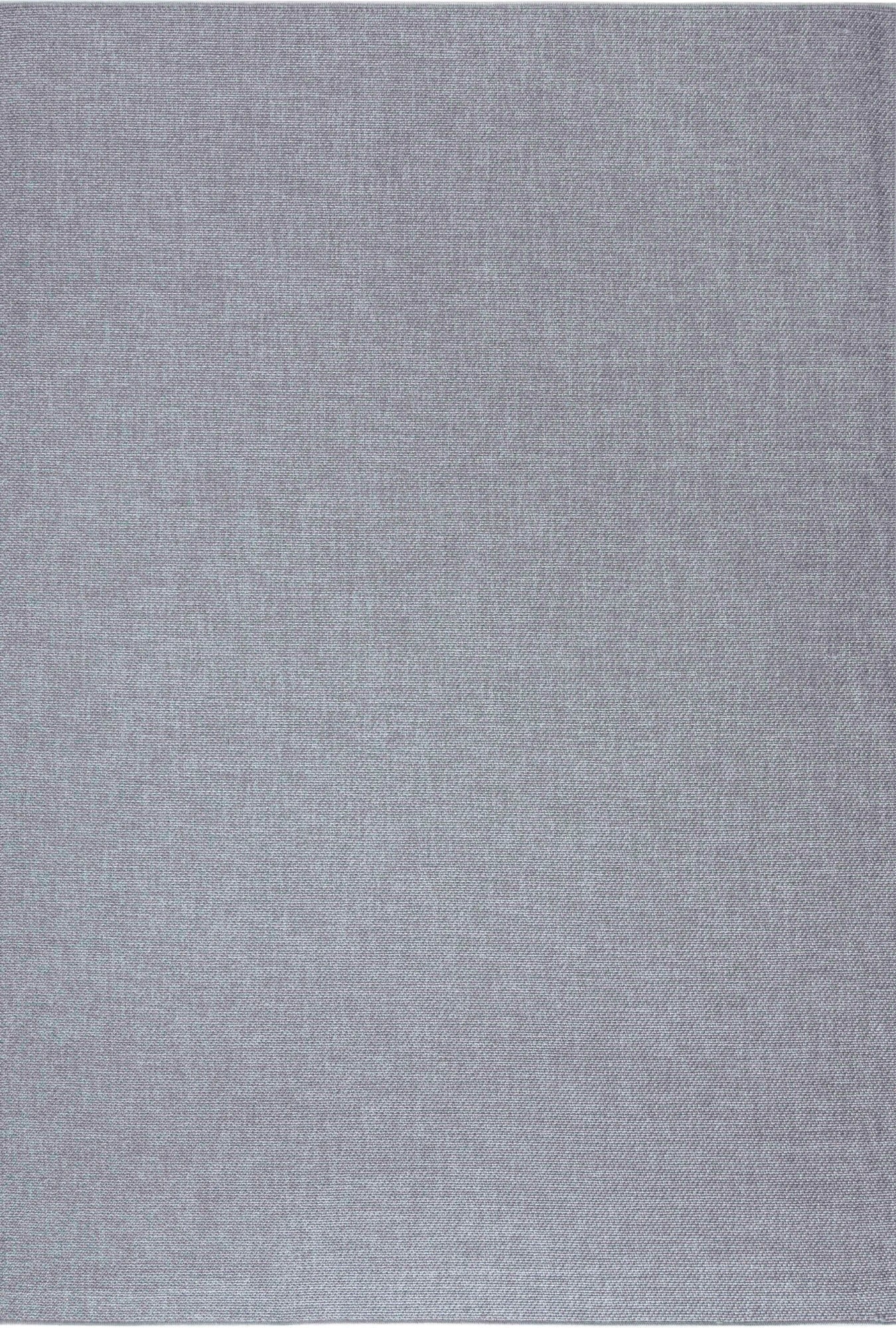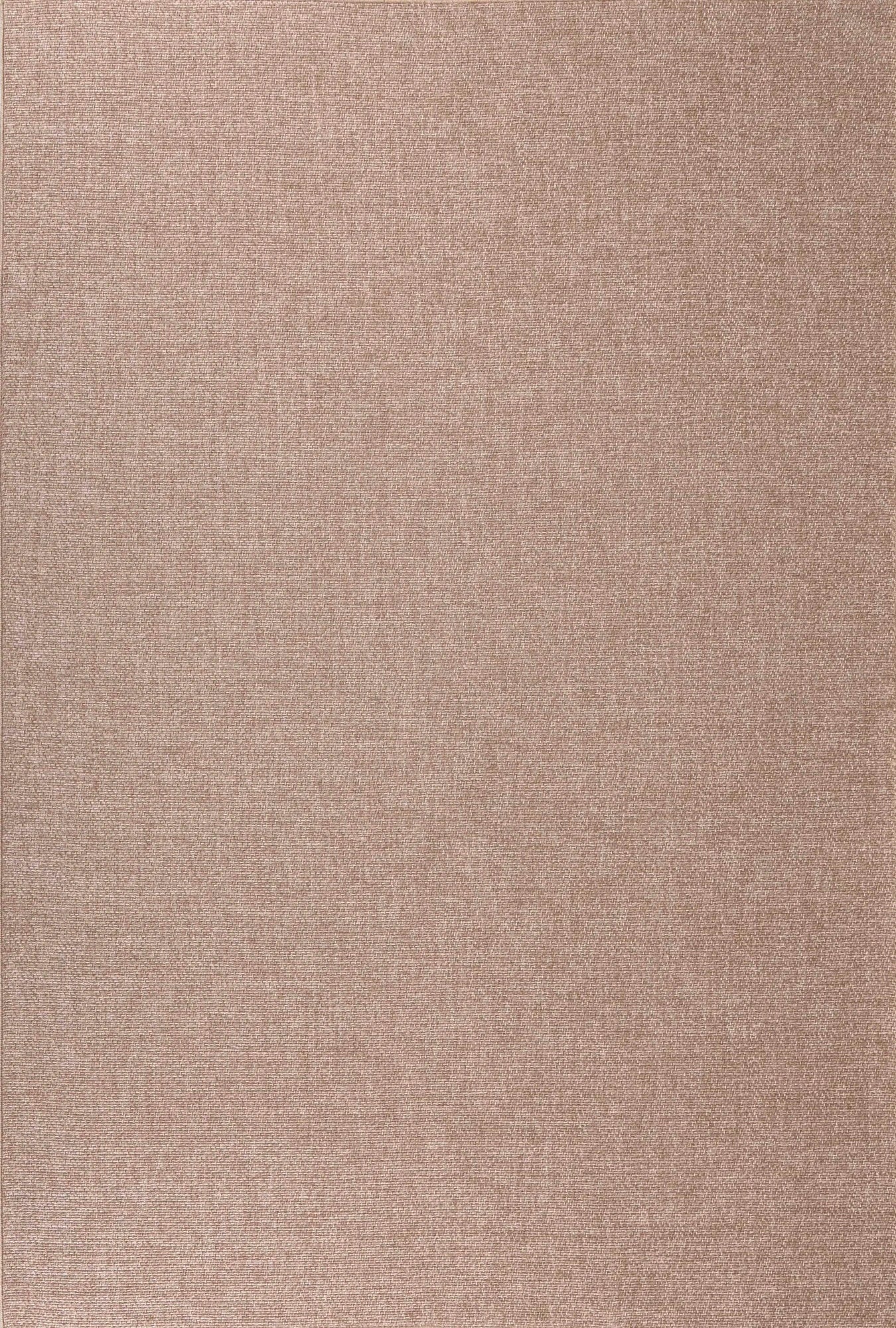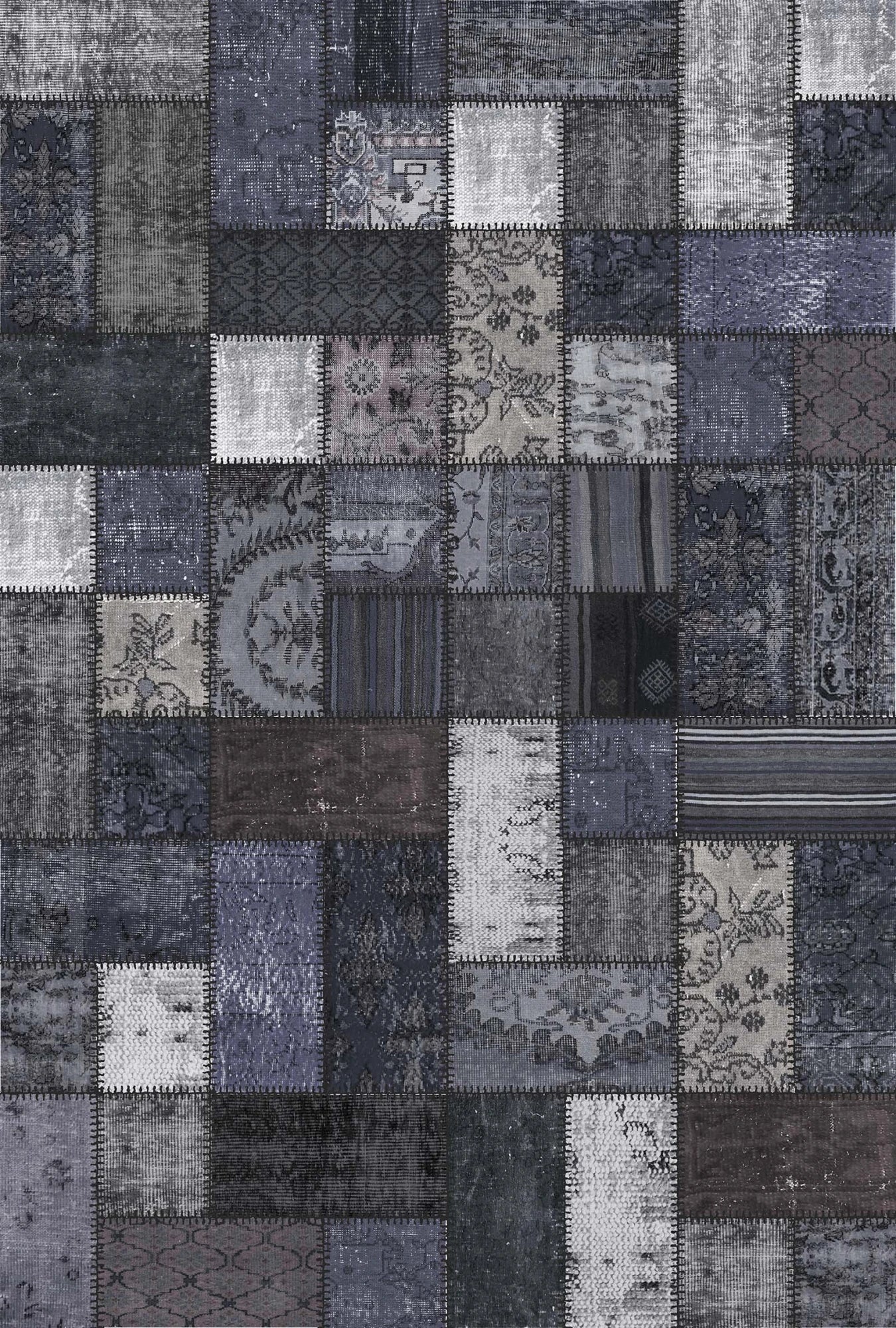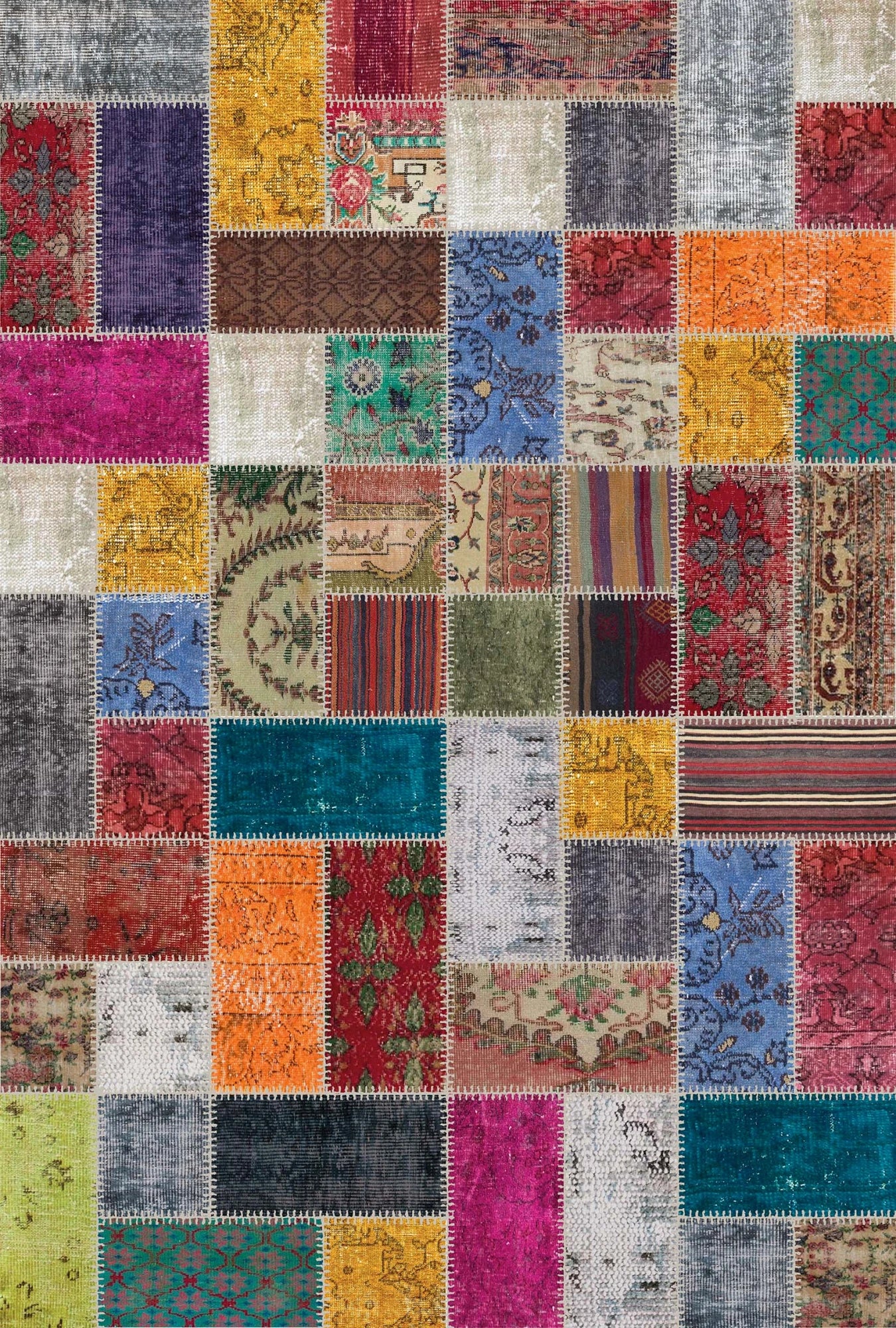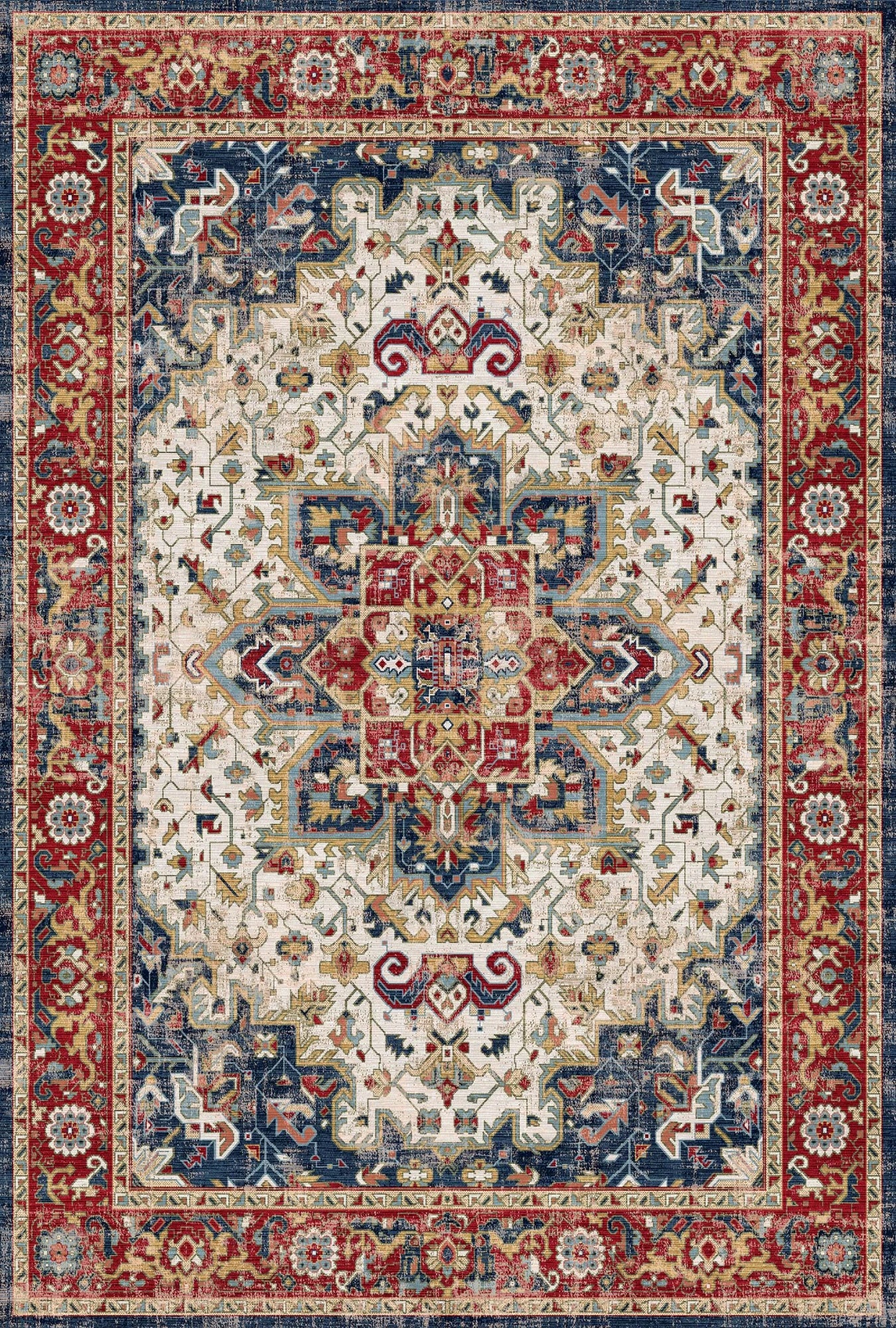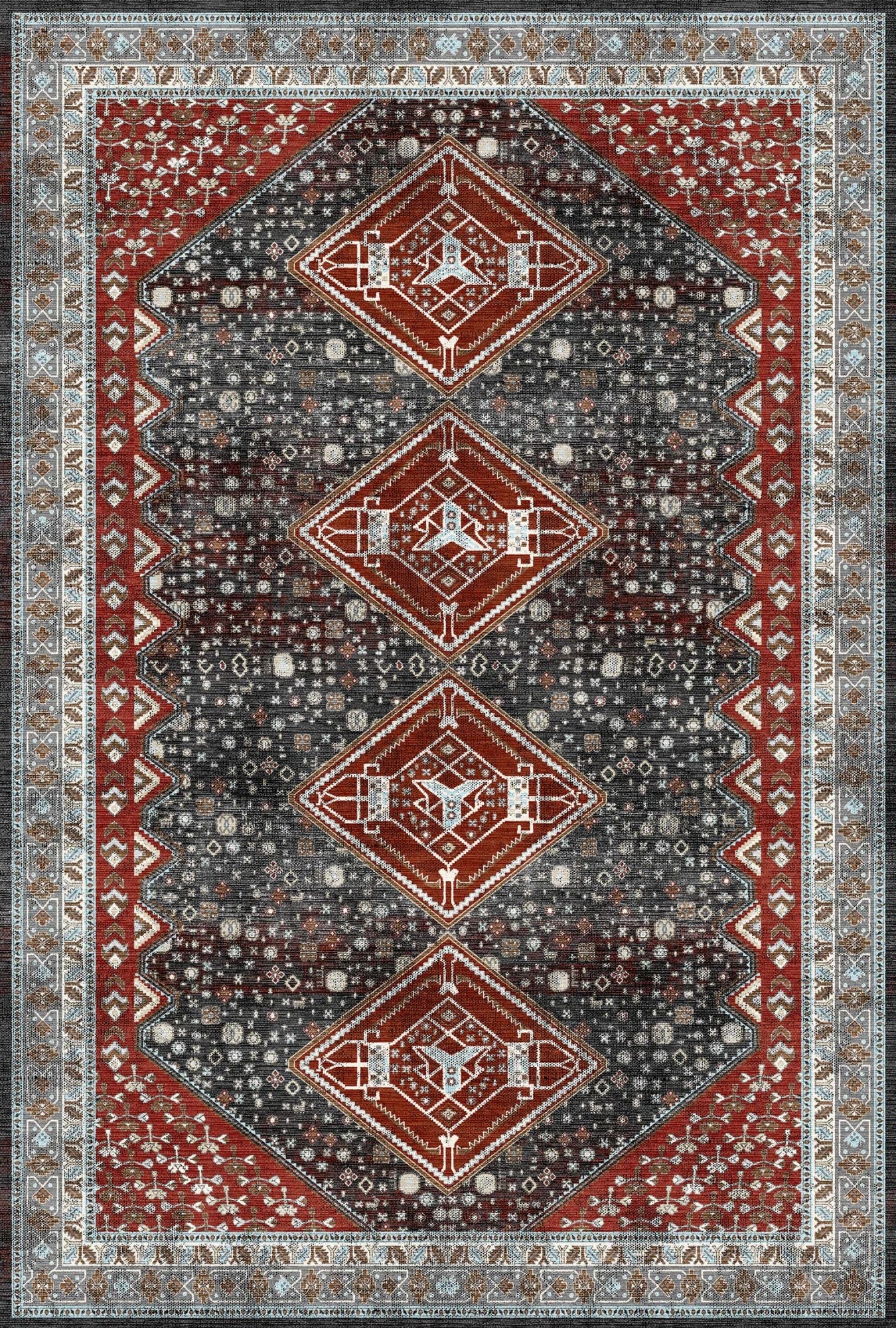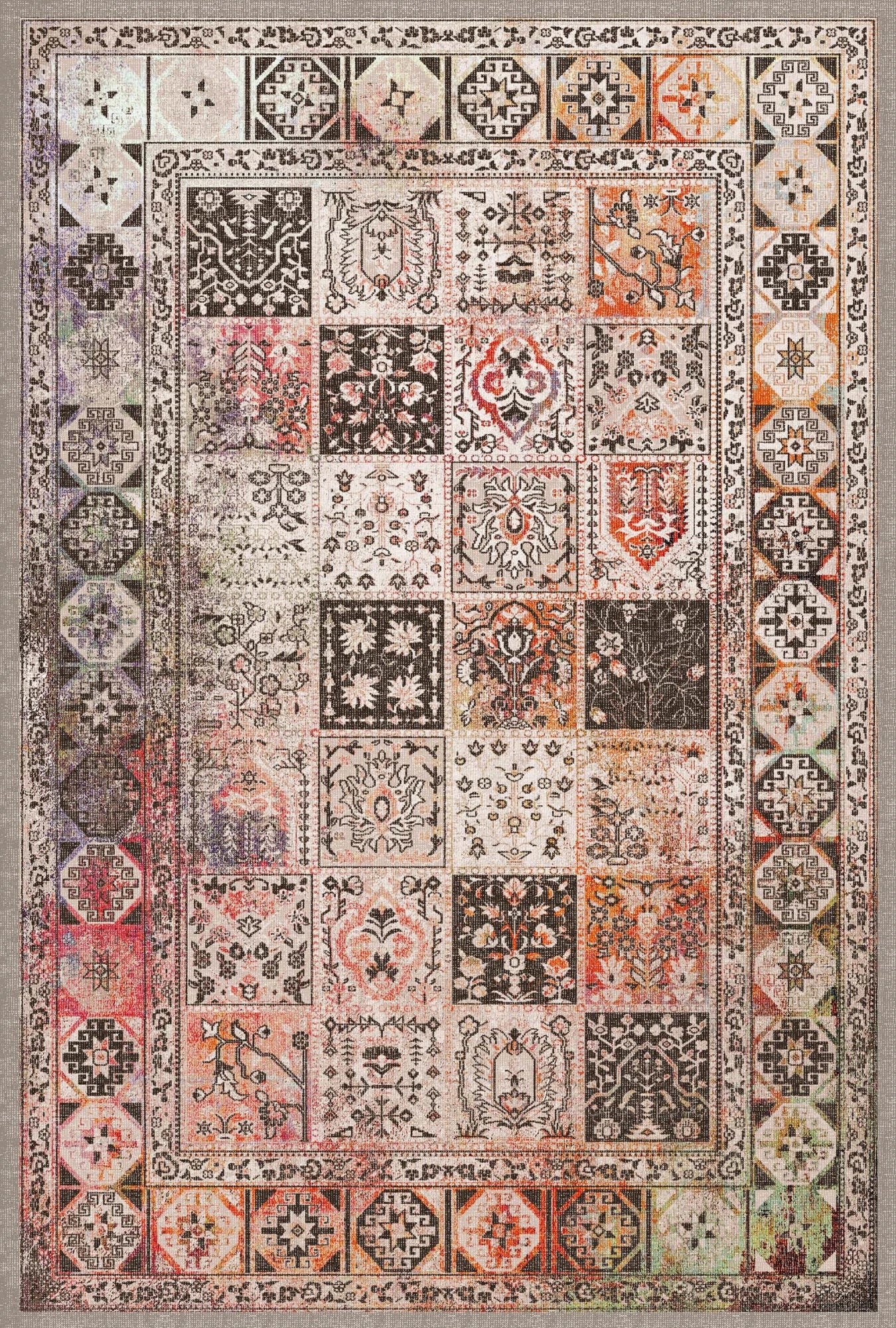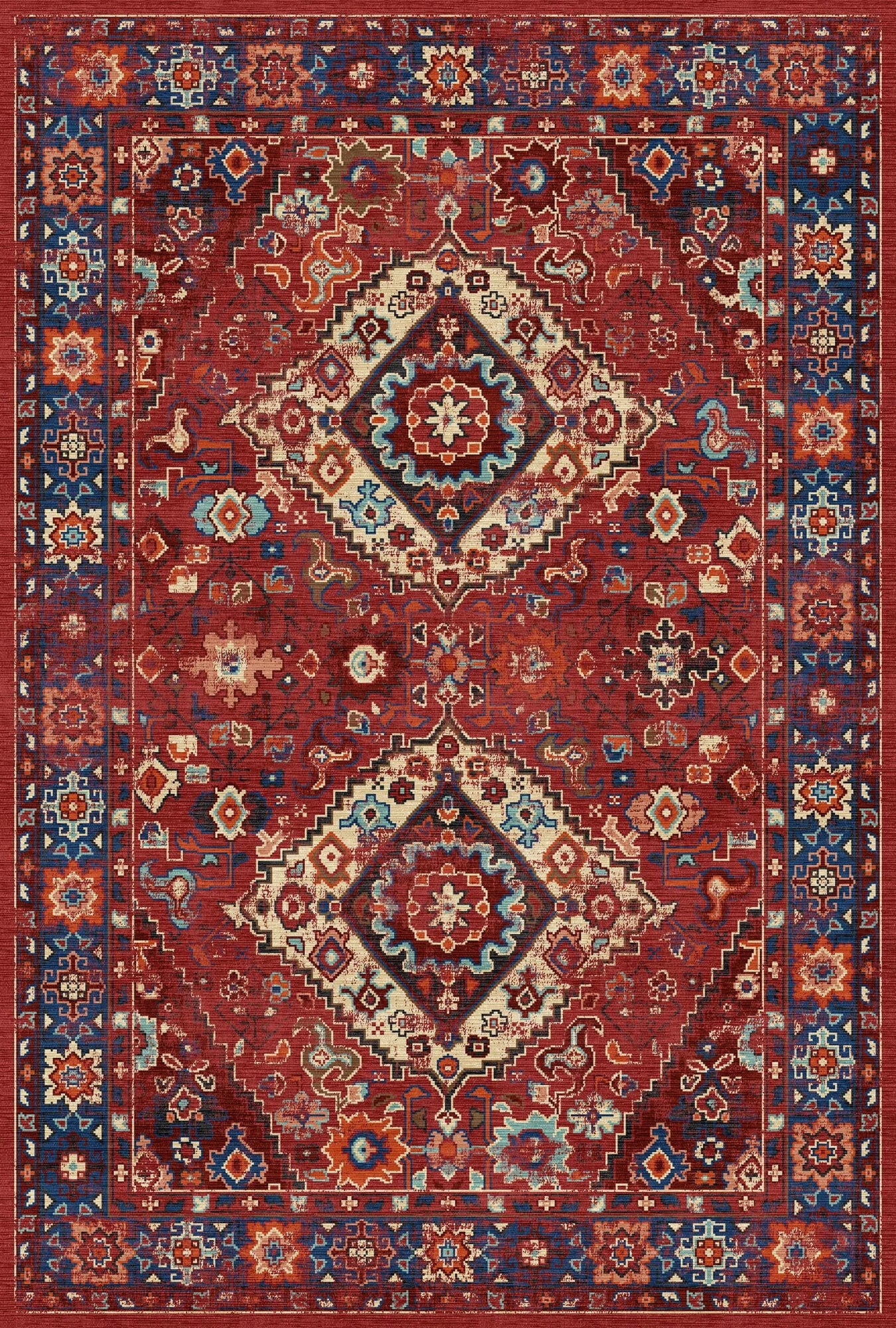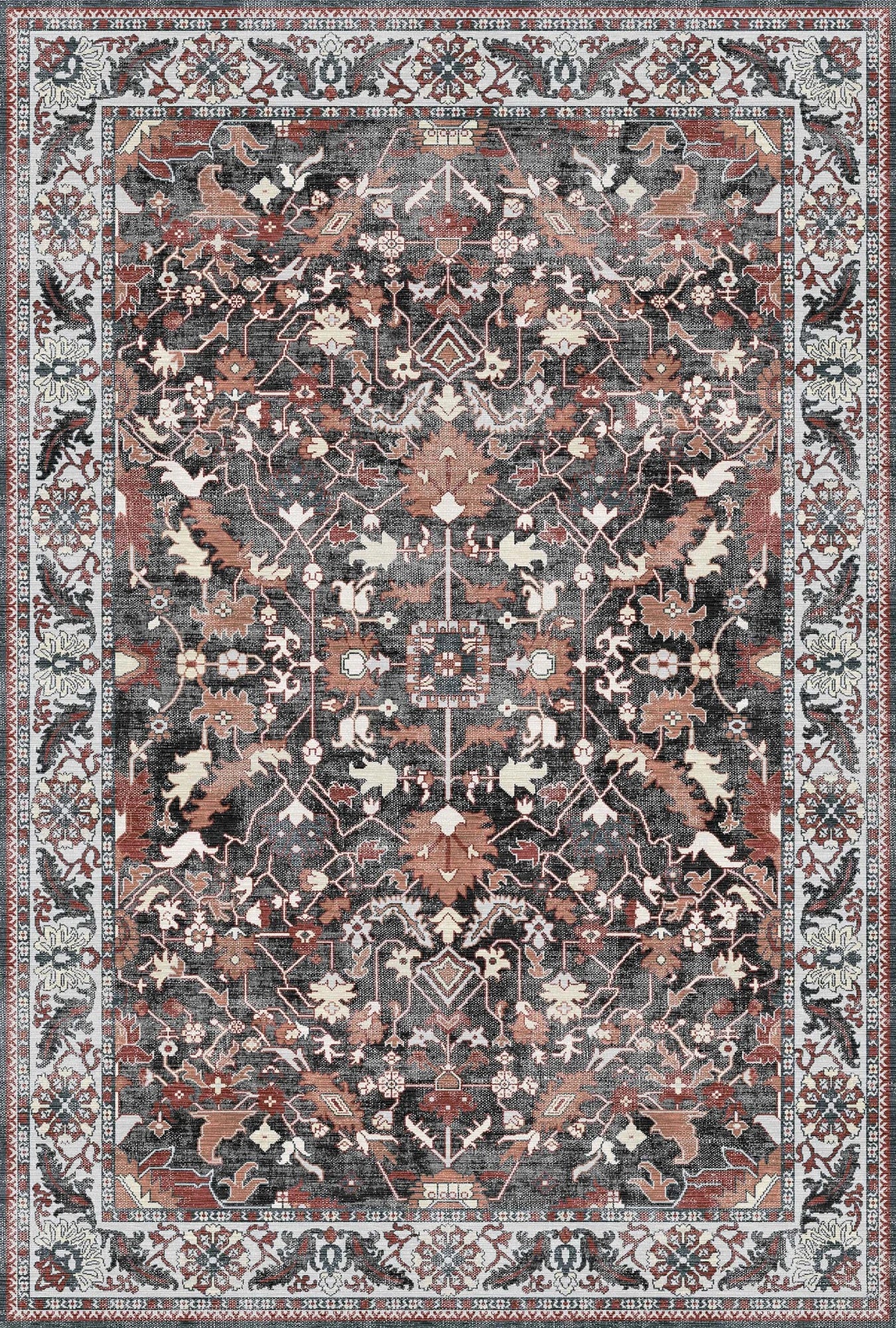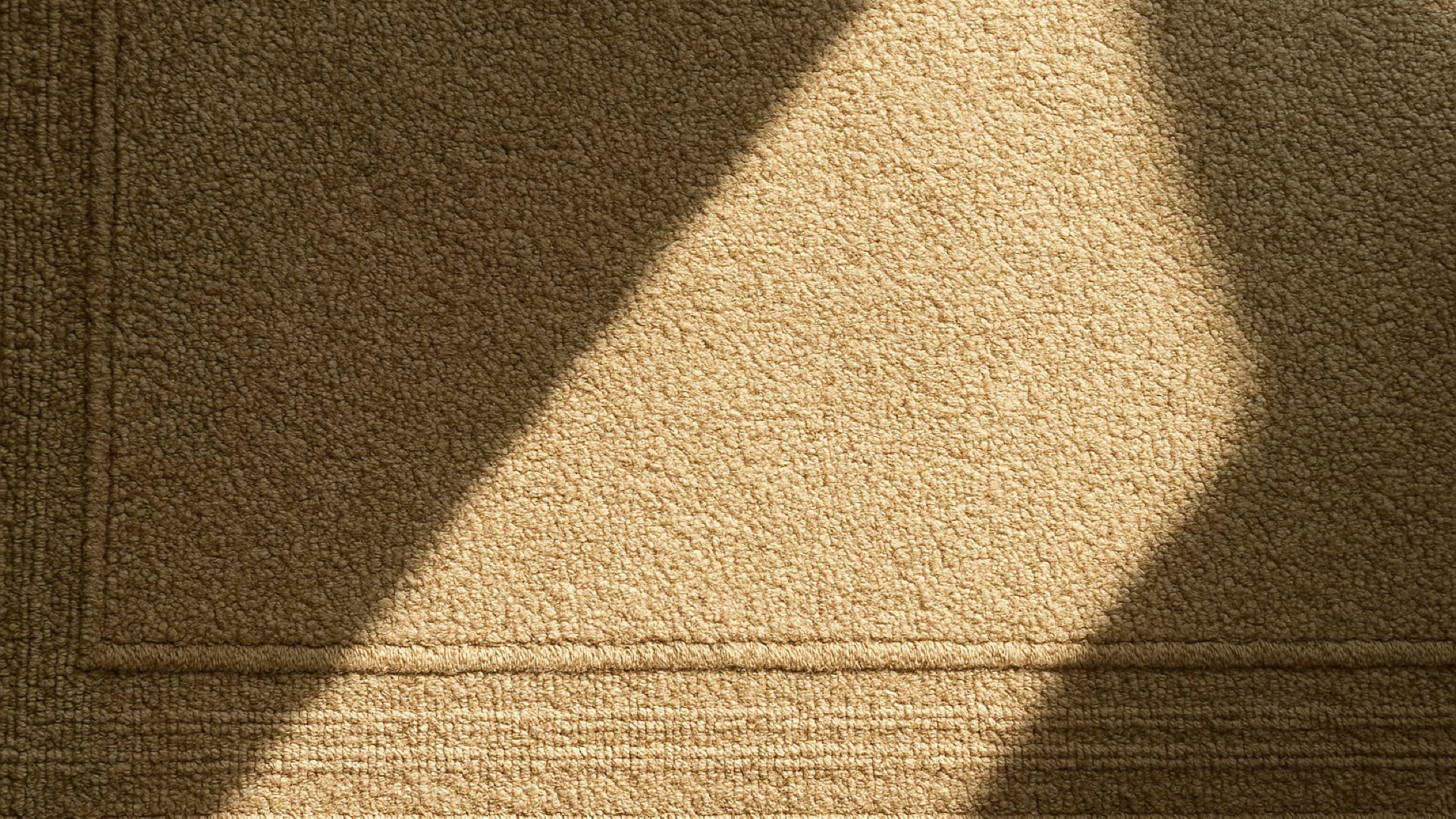
How to Protect Your Rug from Sunlight Fading
Rugs bring color, comfort, and texture to your home—but over time, sunlight can turn those vibrant hues dull and lifeless. If your rug sits in a sunny spot, it's at risk of fading due to constant UV exposure. Sun damage not only affects the appearance of your rug but can also weaken the fibers and reduce its lifespan. Thankfully, there are smart, easy ways to protect your rug from fading without sacrificing natural light. In this guide, we’ll share everything you need to know to keep your rug looking as bold and beautiful as the day you unrolled it.
Why Rugs Fade in the Sun
Sunlight contains ultraviolet (UV) rays, which break down the chemical bonds in dyes and fabrics. Over time, this exposure bleaches the color from your rug and can even cause brittleness or fiber wear. Fading doesn’t happen overnight—it’s a gradual process that can sneak up on you, especially if your rug stays in one place year-round.
Materials Most Affected by Fading:
- Cotton: Prone to fading quickly, especially with bright dyes.
- Silk: Very delicate and highly light-sensitive.
- Wool: Slightly more resilient but still vulnerable to prolonged exposure.
- Synthetic fibers: Usually more fade-resistant, but some (like viscose) can still be affected.
1. Rotate Your Rug Regularly
One of the simplest, most effective strategies to prevent uneven fading is rotating your rug every 2–3 months. This ensures all parts of the rug receive equal sunlight over time, which helps maintain a balanced look. Use calendar reminders or rotate with seasonal decor changes.
2. Use Window Treatments
Controlling how much sunlight enters your space can drastically reduce the fading effect on rugs (and other furniture too).
- Sheer curtains: Soften direct sunlight while allowing light in.
- UV-filtering blinds or shades: Block out UV rays without darkening your space too much.
- Blackout curtains: Best for rooms not used during the day (e.g., guest rooms).
3. Install UV-Blocking Window Film
UV window film is a thin, transparent layer applied directly to your windows. It reduces UV transmission by up to 99% while letting natural light through. This is a great long-term investment for rug protection, especially in sun-soaked rooms like living rooms and sunrooms.
4. Consider Area Rug Placement
If possible, avoid placing valuable or light-sensitive rugs directly in front of south-facing or east-facing windows. Use coffee tables, sofas, or ottomans to shade part of the rug. Consider layering a more fade-resistant rug on top in areas that get the most sun.
5. Use Rug Pads with UV Protection
Some premium rug pads are made with UV-blocking materials or reflective surfaces that help reduce the amount of sunlight absorbed by the rug’s backing. This not only prevents fading but also adds cushioning and prolongs the rug’s life.
6. Pick Fading-Resistant Rugs
If you're shopping for a new rug, and you know it’ll be in a sunny spot, choose one made from materials and dyes designed to resist fading.
Best Choices Include:
- Solution-dyed synthetic rugs: The color is part of the fiber itself, so it’s more stable under UV exposure.
- Indoor-outdoor rugs: Specifically built to resist fading, moisture, and heat.
- Wool rugs with natural dyes: Still vulnerable to fading, but longer lasting than many alternatives.
7. Keep It Clean
Believe it or not, dirty rugs can fade faster. Dust, dirt, and oils can react with sunlight and act like tiny magnifying glasses on your rug fibers.
- Vacuum weekly to remove debris.
- Spot clean as needed with rug-safe products.
- Schedule professional cleaning annually (especially for high-value rugs).
8. Use Decorative Layers Strategically
Layering is both functional and stylish. Use a second, lightweight or decorative rug over the area most exposed to light. This can absorb the brunt of the fading while the main rug underneath stays protected.
9. Watch for Warning Signs
Fading often starts subtly. Keep an eye on exposed corners or areas near the window. Compare the rug’s tone to a part that’s covered by furniture to check for color shift.
If You Notice Fading:
- Start rotating the rug more frequently.
- Increase window protection immediately.
- Use throw blankets or floor cushions for added shading.
10. Embrace Change with Intention
Sometimes a little fading is inevitable—especially if you love natural light. Instead of stressing about it, choose rugs with natural tones or distressed patterns that gracefully evolve over time. Consider rotating rug locations seasonally to reduce total exposure in one spot.
Final Thoughts
Sunlight can be a room’s best asset—but it can also be a rug’s worst enemy. By making small changes to how you display, protect, and maintain your rugs, you can dramatically reduce fading and extend their lifespan. Whether it’s a treasured heirloom or your favorite living room accent, your rug deserves a little defense against the sun.
Looking for fade-resistant rugs designed for bright spaces? Explore Bella’s curated selection of UV-friendly designs made for sun-soaked homes.
